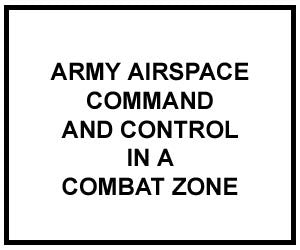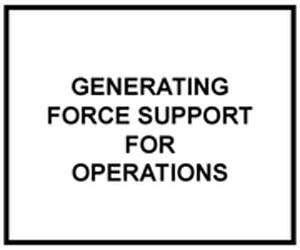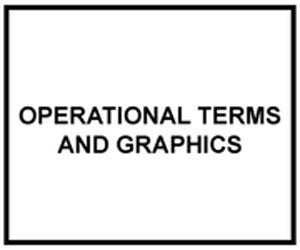
FM 3-52: Army Airspace Command and Control in a Combat Zone
Official US Army Field Manual in Acrobat PDF file format.
Information age developments coupled with a revolution in military technology have profoundly influenced the depth, breadth, and height of the battlespace. In today’s operational environment, capabilities of friendly and enemy forces to acquire and dominate each other by fires and maneuver are maximized by effectively using the electromagnetic spectrum. Exponential improvements of targeting capabilities occur almost daily in our technological age. Although extending the battlespace has evolved throughout the history of warfare, space and airborne platforms have improved the commander’s capabilities to visualize the battlespace, target the enemy, and process and distribute information beyond any twentieth century expectations. Twenty-first century technologies have placed increasing demands on using airspace. Airspace has become a crucial resource that the combat commander must manage efficiently with increasing numbers and types of airspace users.
Army airspace command and control (A2C2) is the Army's application of airspace control to coordinate airspace users for concurrent employment in the accomplishment of assigned missions. It provides the necessary command and control structure for the effective use of airspace. This field manual describes the doctrinal principles and fundamentals for organizing, planning, and using airspace. Beginning with the fundamentals of airspace management at the joint level and working through A2C2 management at each echelon of command, this manual is both a primer for airspace users and a primary reference for A2C2 staff planners. This manual provides the guidance to integrate, coordinate, synchronize, and regulate the Army’s use of airspace. It focuses on how the Army uses airspace in planning and executing the commander’s intent.
Coordinating and integrating the use of the airspace is a force multiplier; it ensures that all battlefield operating systems are available to positively impact the course of the battle. Additionally, effective airspace management and control enhances force protection measures, minimizes the risk of fratricide to airspace users and ground combat units, and increases overall force effectiveness.
File download size: 2.3 MB



